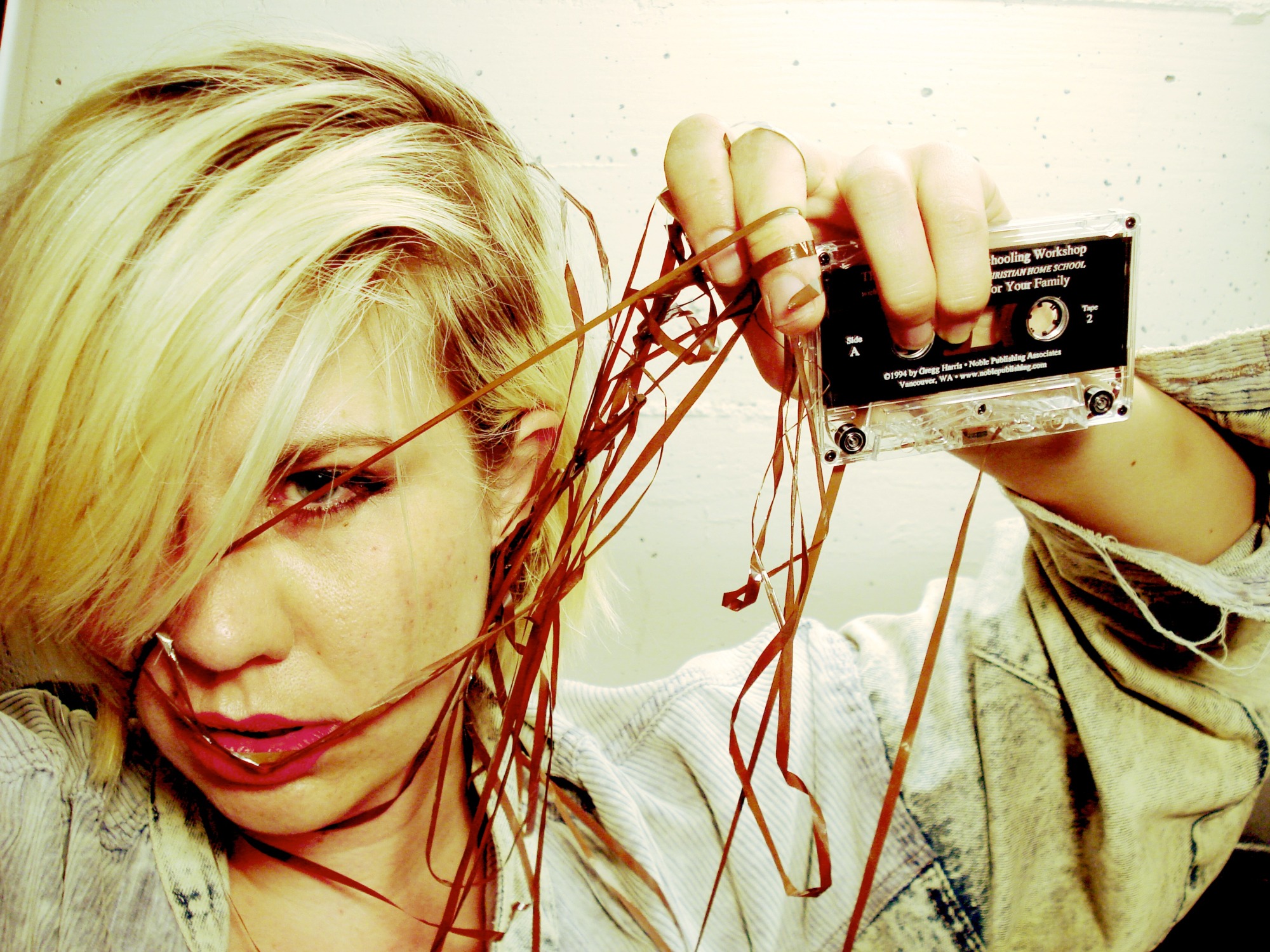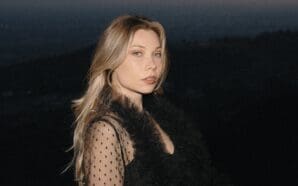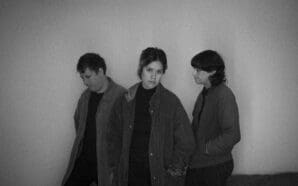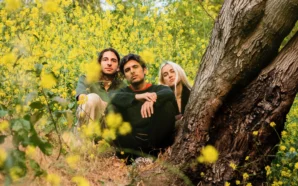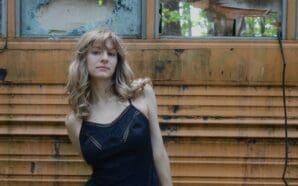Erika M. Anderson, better known as EMA, has a somewhat schizophrenic sonic bibliography. She first came into the indie music spotlight as a guitarist for experimental rockers Amps for Christ. She later went on as a member of Bay Area avant-garde folk group Gowns. However, for about half a decade now she’s been focusing on her own project, EMA, who release their sophomore LP, The Future’s Void, this April on Matador. The sound of the album is a playfully abrasive blend of traditional musicality with postmodern electronic noise-making devices. Her chops as a songwriter shine through, but it is also regularly noted for a brand of chaos that at times inspires self-introspection, at times dancing, and at times the urge to fuck shit up in a very chic and sleek fashion. While Anderson cites improvisation as a major influence behind her aesthetic, she comes out sounding far more “composed” than she might realize. EMA is currently on the road and will be playing Boot & Saddle this Saturday, October 4th. I recently had a pretty great conversation with Erica, which began with her admitting, endearingly, “I’m a little groggy right now. I had too many of these super strong Portland [her current locale] beers last night.”
I ask Erika about the development of her sophomore effort and she admits that while it wasn’t always easy, it was definitely something necessary to get out:
“The sophomore album is a bitch. People just know that to be true. You have to go hard. I mean, the things that you have the hardest time saying are the things you most need to.”
The Future’s Void has achieved some quite impressive pop culture accolades (an appearance on Letterman, a feature in The New Yorker, etc.), but she tells me that the highlights of promoting the record aren’t necessarily things like that, but the simple things, like getting to put music out and getting to reach people in some manner.
“I had a good day yesterday when I decided to drop a new song without much planning, but doing great interviews and these really cool conversations have also been a highlight. And when it comes to reactions, I just like it when people get it. That’s what makes me happy. It’s frustrating when people don’t… but that’s art. I mean, there are a lot of layers to what I’m doing. Lyrically, I don’t stay in one mode or tone, so it’s nice when people get that.”
I always feel bad asking artists that are actually doing cool and intriguing work about silly things like fashion (especially when, in response, they tell me they don’t want people to focus on it…) but I’m intrigued by Erika’s sartorial style, which would seem to be equal parts heroin chic on the Bowery and A-Day-At-Lollapalooza-in-1992, so I give in and ask her where that aspect of her identity comes from, and while she implies that she wants it to be downplayed, she also seems to put a reasonable amount of thought into it.
“It’s something I try not to think about too much. I like a more androgynous look most of the time, but I’m conflicted when it comes to fashion. I feel like I should know designers, but I mostly shop in thrift stores. I just try to dress confidently and I much prefer feeling underdressed than overdressed, but I like to get a chance to dress up… and Portland’s not very dressy. But, at the same time, I don’t want people to pay attention to that aspect of me. I mean, you never look at what Lou Reed’s wearing.”
Once we get back to the music, Erika admits that she’s a bit surprised by the success she’s had, considering her actual sonic output: “I sometimes compare EMA to a band with a much simpler sound, but then I get to go on Letterman and bring my anti-big data Industrial thing to a TV show. I mean, I’m doing a weird ass art project and people are into it.” This amalgam of the part avant-garde and part popular would seem to spill over into EMA’s live shows, as well, which sound quite potent, to put it mildly.
“We’re bringing these homemade LED walls, which Leif [Shackelford, bandmate] built. We’re a four-piece and it’s tighter than it’s ever been, but it’s still not a straight up rock band here to entertain you with good vibes and handclaps. The songs are so varied. It’s not just an hour of one vibe. And there’s always a risk of a meltdown. And you want things like that to happen almost because it can break the tension with the audience. When I started this I came from a punk scene, a noise scene and with bands like that there’s this tension onstage and you’re like, ‘Are they gonna overcome it?’ which can be really cool.”
